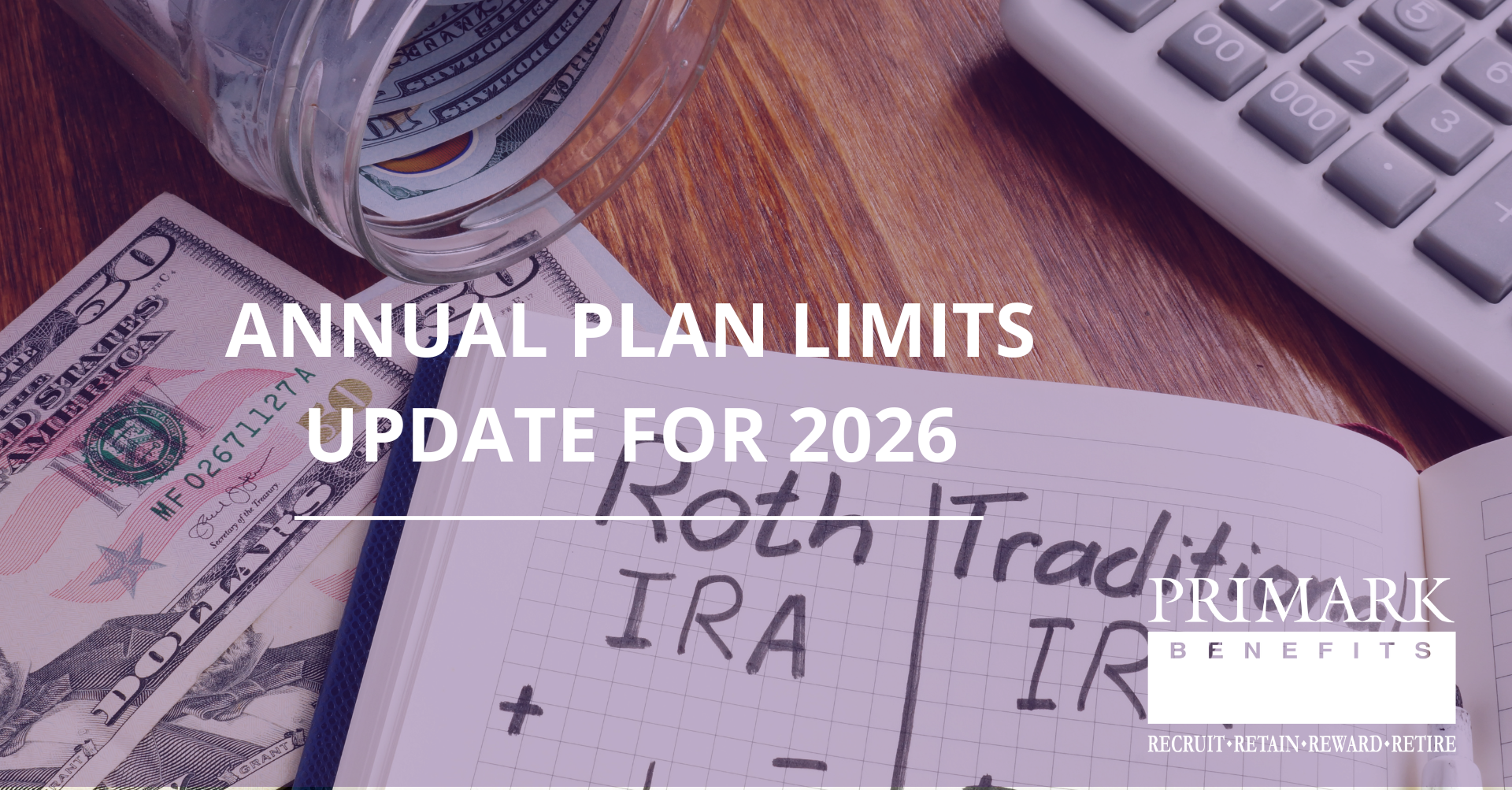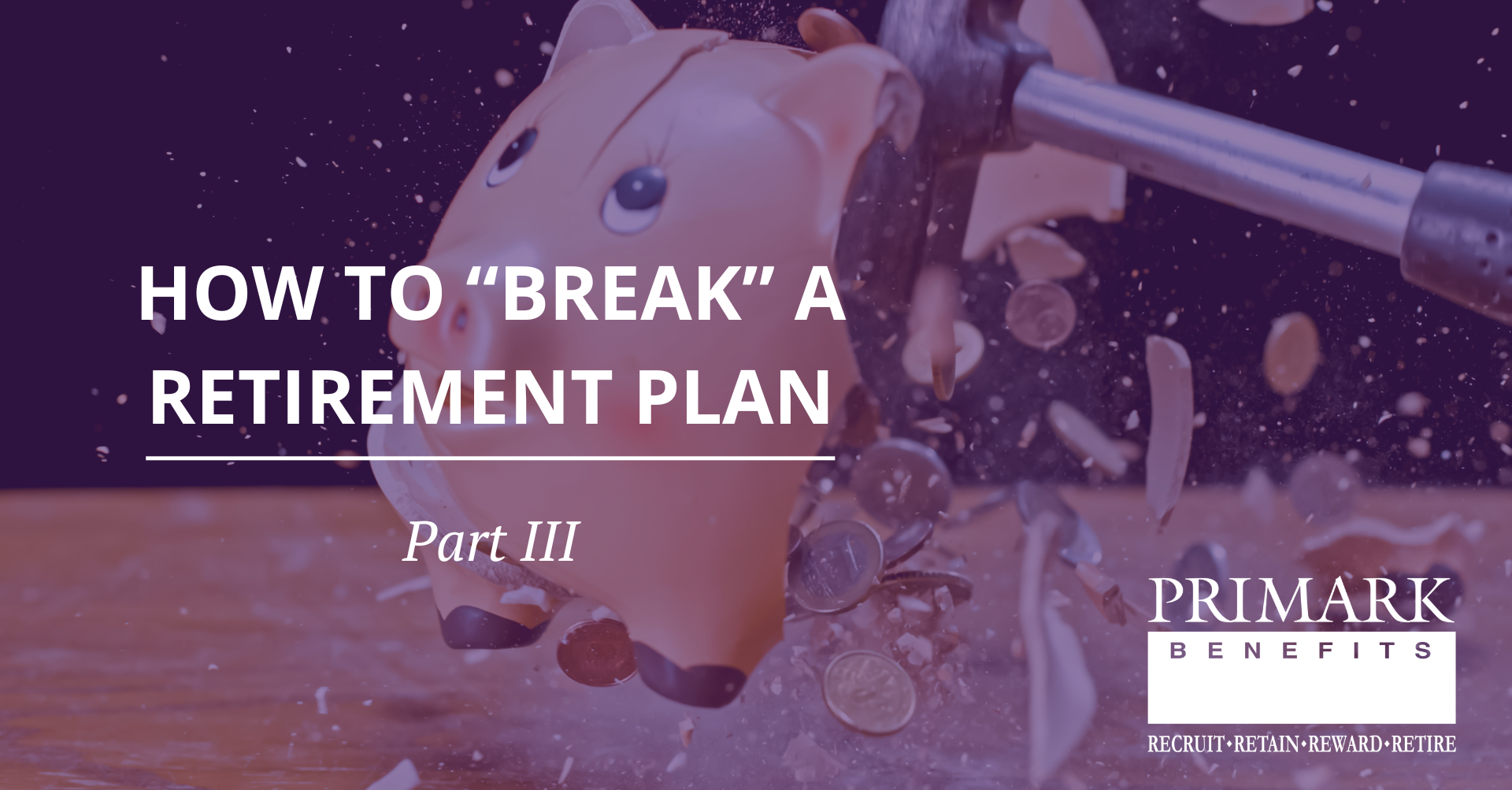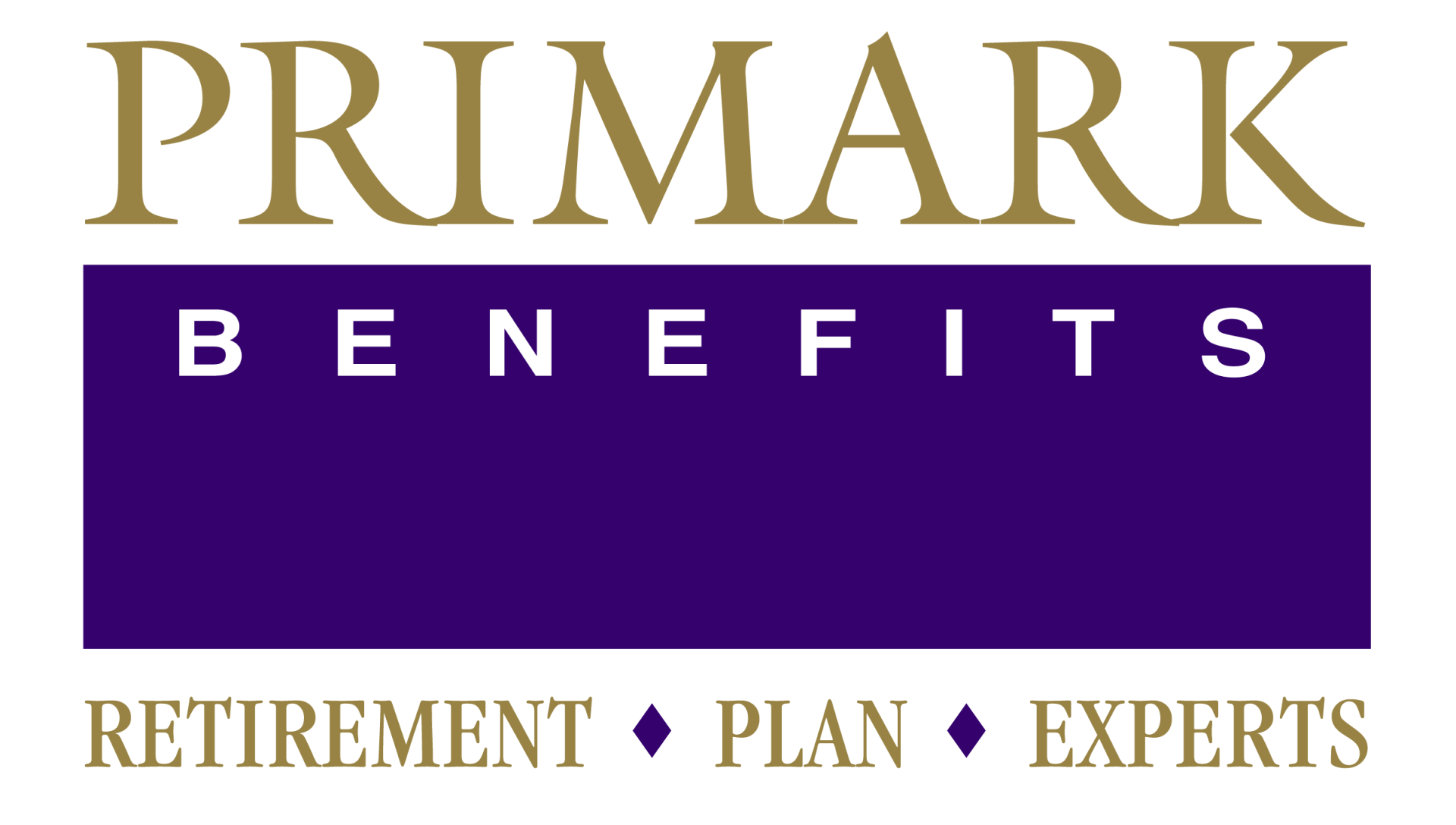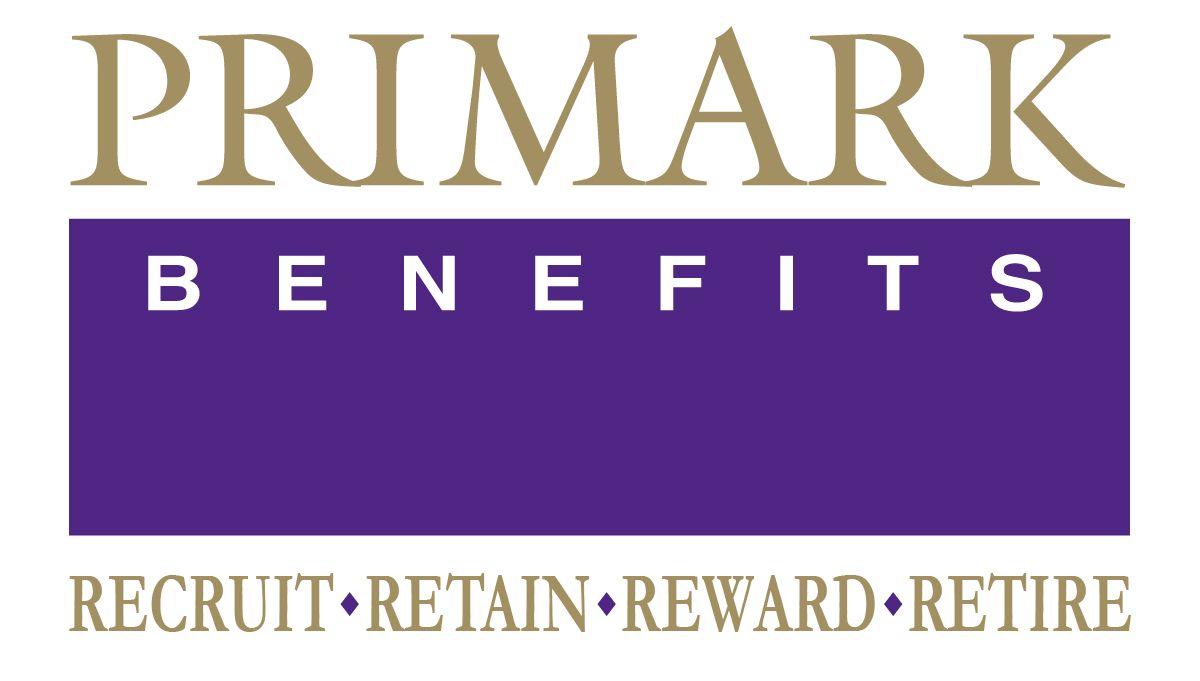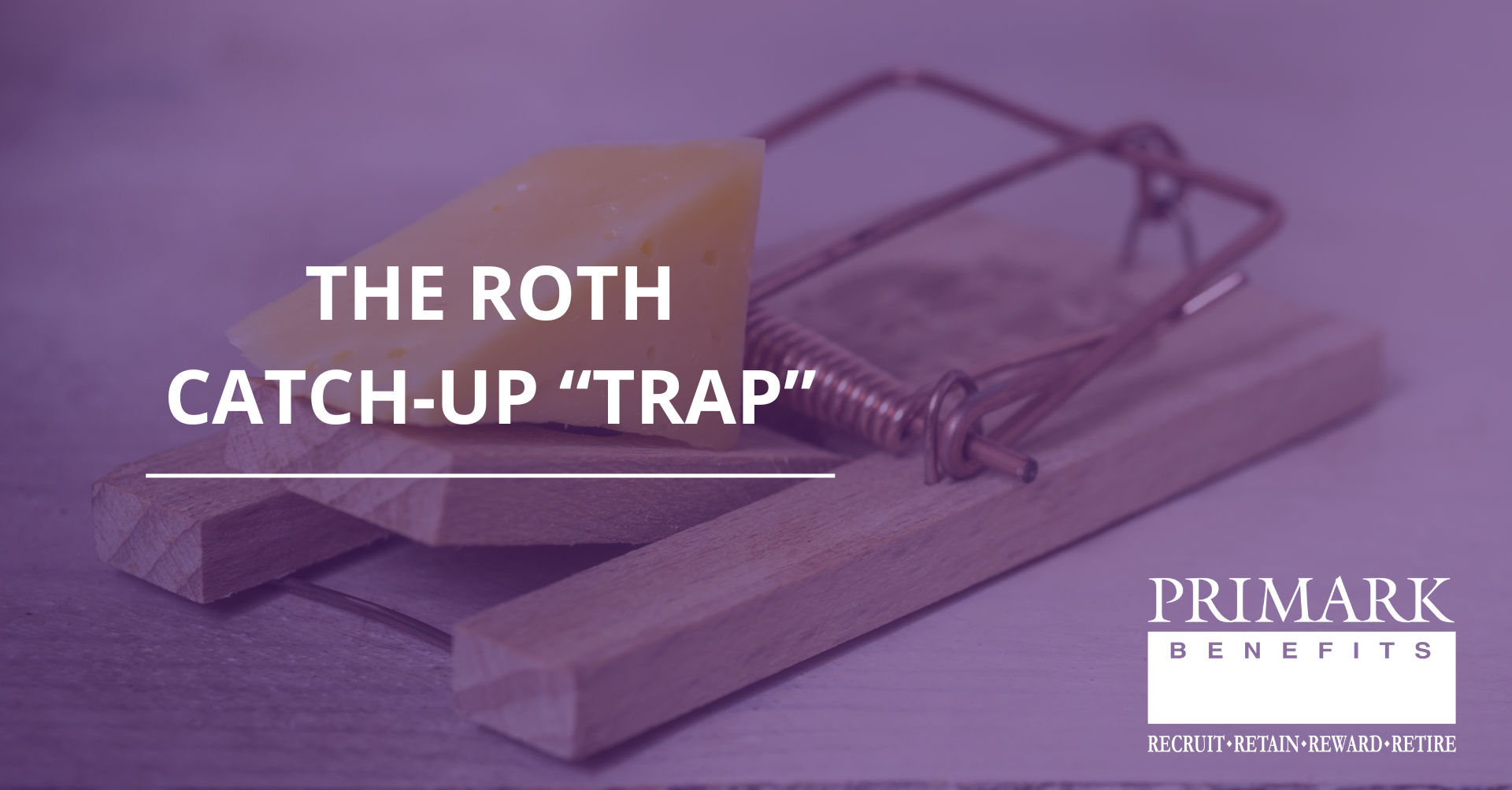It’s Not Too Late! Employers Can Still Set Up Retirement Plans and Get Large Tax Deductions for 2024
Recent changes in tax law have expanded the flexibility employers have when it comes to establishing and funding retirement plans. If you haven’t yet set up a retirement plan for 2024, we have good news: it might not be too late!
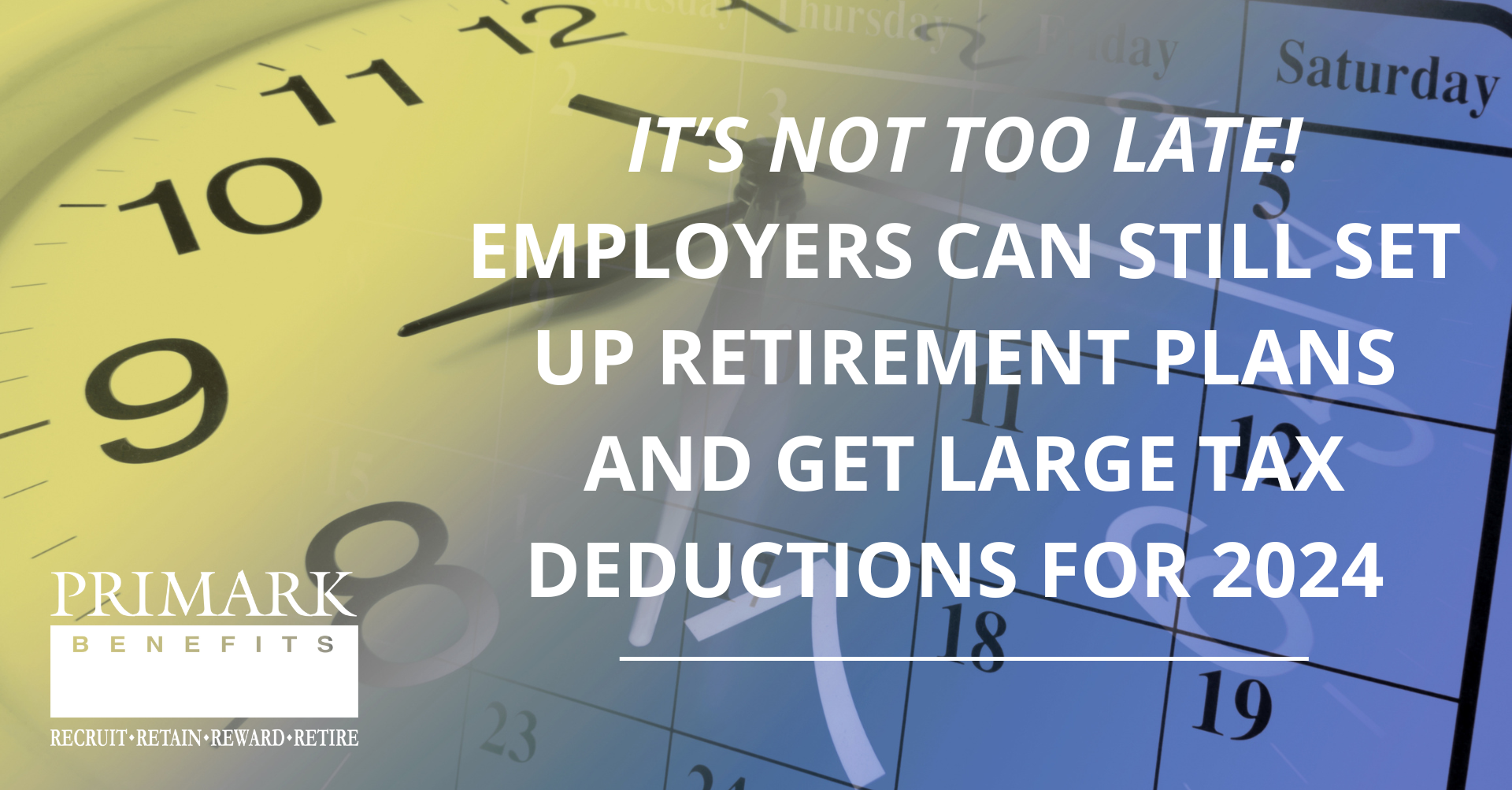
The April 15 Misconception
Many people believe that April 15 (the official U.S. tax filing deadline) is the last day to contribute to a retirement plan for the prior year. And for traditional and Roth IRA’s, this is true – the contribution deadline coincides with the deadline for your personal tax return. However, this deadline does not apply to the nearly two dozen other types of retirement plans—especially employer-sponsored ones.
Employer-sponsored plans have different tax filing and contribution deadlines. That’s because these plans are tied to a business—not an individual—which means their deadlines often follow the business’s tax calendar. Plans like SEP IRAs, profit sharing plans, and pension plans often have later deadlines—typically the due date of an entity’s tax return, including any extensions. In other words: just because the personal tax deadline has passed doesn’t mean you’re out of luck. Depending on how your business is structured, you may still be able to:
- Establish a retirement plan for 2024
- Fund the plan
- Take a deduction on your 2024 taxes
Your Business Entity Matters
It’s essential to understand your tax filing status. Your tax filing status—not just your entity type—determines which retirement plans you can use, your contribution limits, your deadlines and, inevitably, your options for retroactively setting up and contributing to a retirement plan. So before setting up a plan, make sure you know how your business is taxed.
Profit Sharing Plans
If you want to offer a 401(k) plan, there’s a great workaround:
- Adopt a profit sharing plan for 2024,
- Fund employer contributions up to the tax filing deadline, including extensions,
- And, prospectively, add a 401(k) plan feature to the profit sharing plan.
Profit sharing contributions can be generous—up to 25% of compensation, sometimes totaling as much as $70,000 per participant (depending on plan design and income). In addition, going forward, plan participants will be able to contribute to the 401(k) plan.
As a note, sole proprietors enjoy a unique benefit under the tax code: their “payday” is considered to be the day they file their taxes (including extensions). This means that they can retroactively make a 401(k) deferral election for 2024, right up until the extended tax filing deadline in October 2025.
Defined Benefit Plans: A Powerful Alternative
For business owners and professionals looking to make large, tax-deductible contributions, a defined benefit plan can be a great option. Denefit benefit plans are designed to provide a specific retirement benefit based on age, income, and years of service, and the allowable contributions can be significantly higher than other plan types—often well into the six figures (the exact amounts are actuarially calculated).
Like profit sharing plans, a defined benefit plan can be set up and funded retroactively by the defined benefit funding deadline, typically September 15th. Because they involve long-term funding projections, defined benefit plans require formal actuarial calculations and ongoing administration—but for those seeking major deductions and accelerated retirement savings, they can be well worth the effort.
Why Consider a Retroactive Plan?
There are several good reasons to adopt a plan retroactively:
- Immediate tax savings for the prior year
- Faster growth of retirement assets
- A head start on saving for 2025
Even if you missed the 401(k) deferral deadline, you can still make employer contributions to a SEP IRA, profit sharing plan, or even a defined benefit pension plan—each with its own rules and deadlines.
Don't Forget the Paperwork - and Don’t Wait until the Last Minute!
Even retroactively adopted plans need to be properly documented. It takes time to gather the documents and do all of the necessary work for plan design and creation. You’ll still need:
- Plan documents
- Trust accounting
- Possibly an actuarial valuation (for pension plans)
- And yes, potentially a Form 5500 filing (If your plan is adopted after July 31, you may be able to skip the 5500 filing for the first year—but you still need to complete all the required compliance and recordkeeping steps.)
... and, have it all in place and be able to fund the account before the individual funding deadlines.
For example, at Primark Benefits, we have a June 30, 2025, deadline for new, retroactive plans. After that deadline, we work with clients on a case-by-case basis, subject to staff availability and with rush processing fees incurred.
In Conclusion
Don’t assume it’s too late to save for last year. With the right plan design and tax strategy, you may still be able to make meaningful contributions for 2024—even well into 2025.
Not sure what plan is right for your situation? Talk to someone on our team at Primark Benefits. We’ll help you figure out what plans you qualify for, how much you can save, and what deadlines apply to your unique situation.
